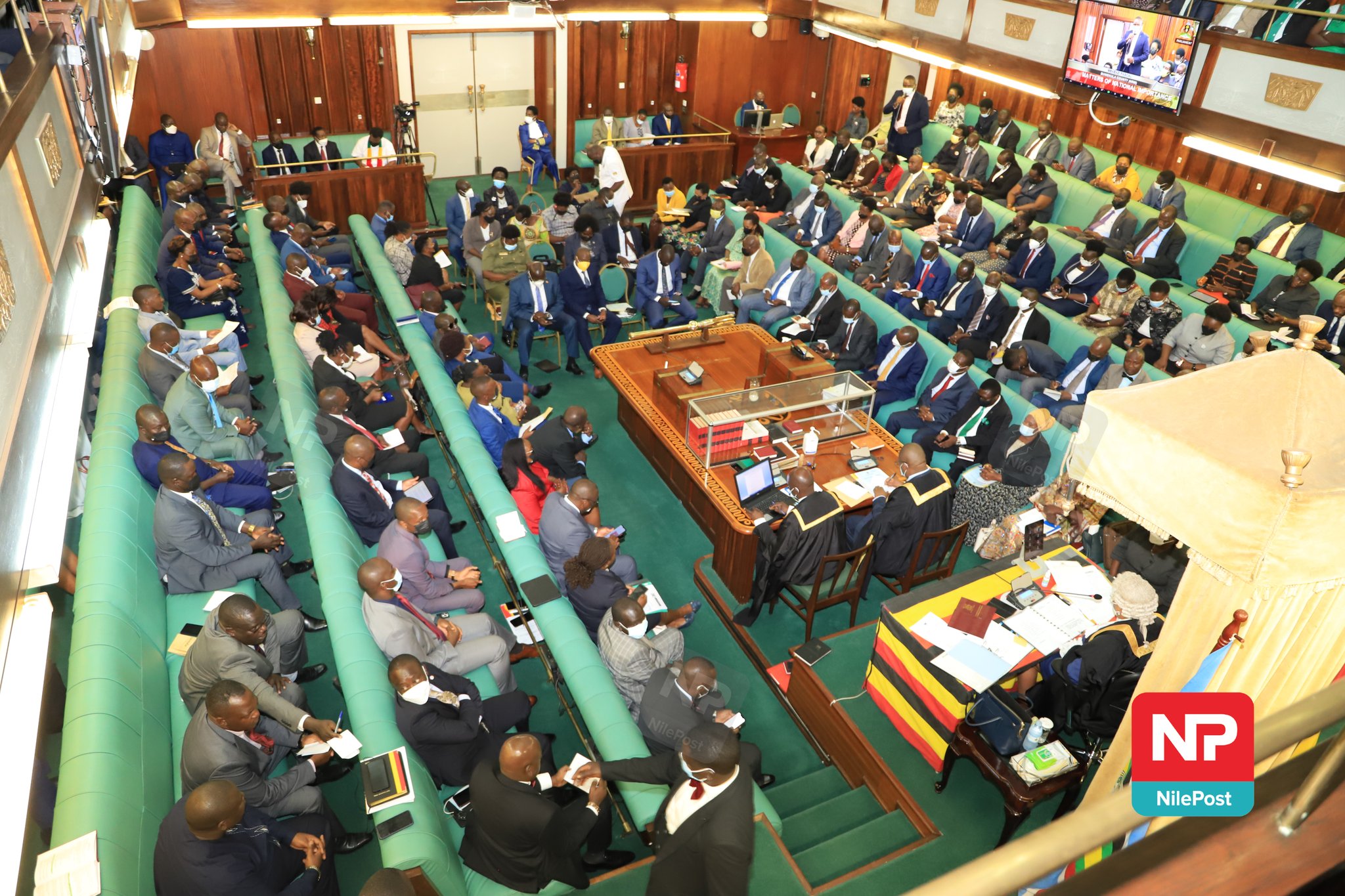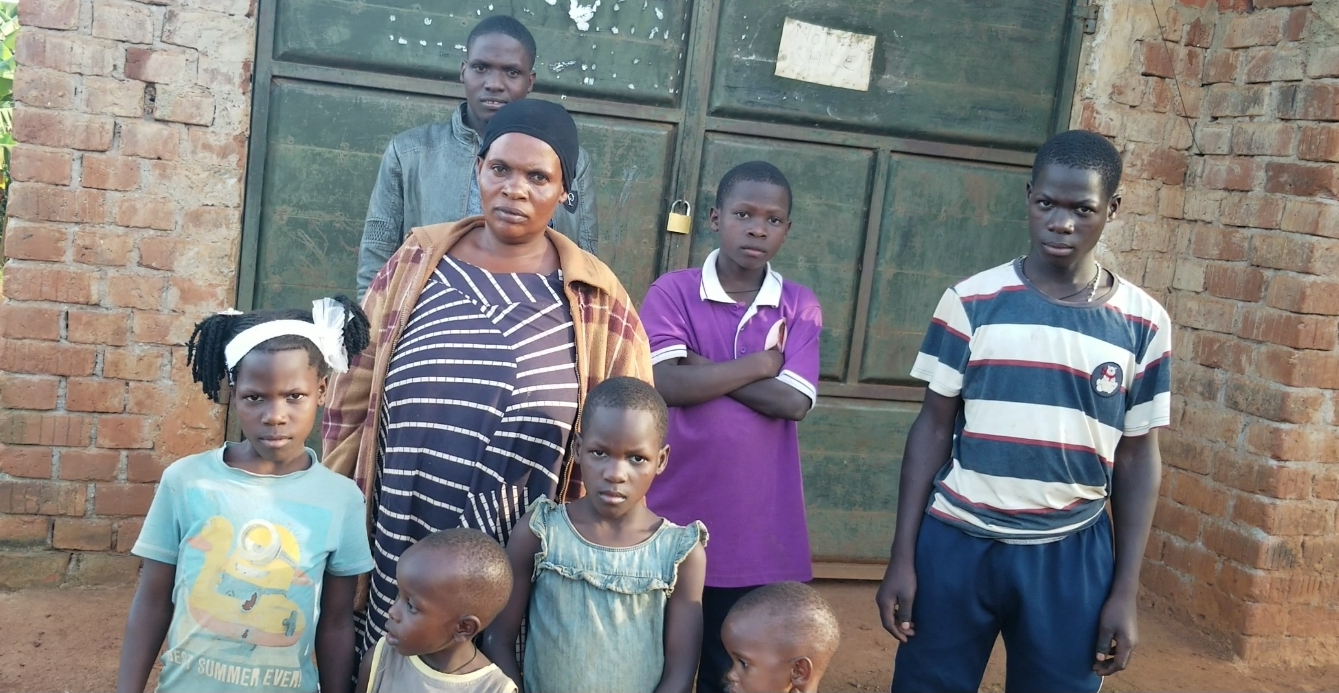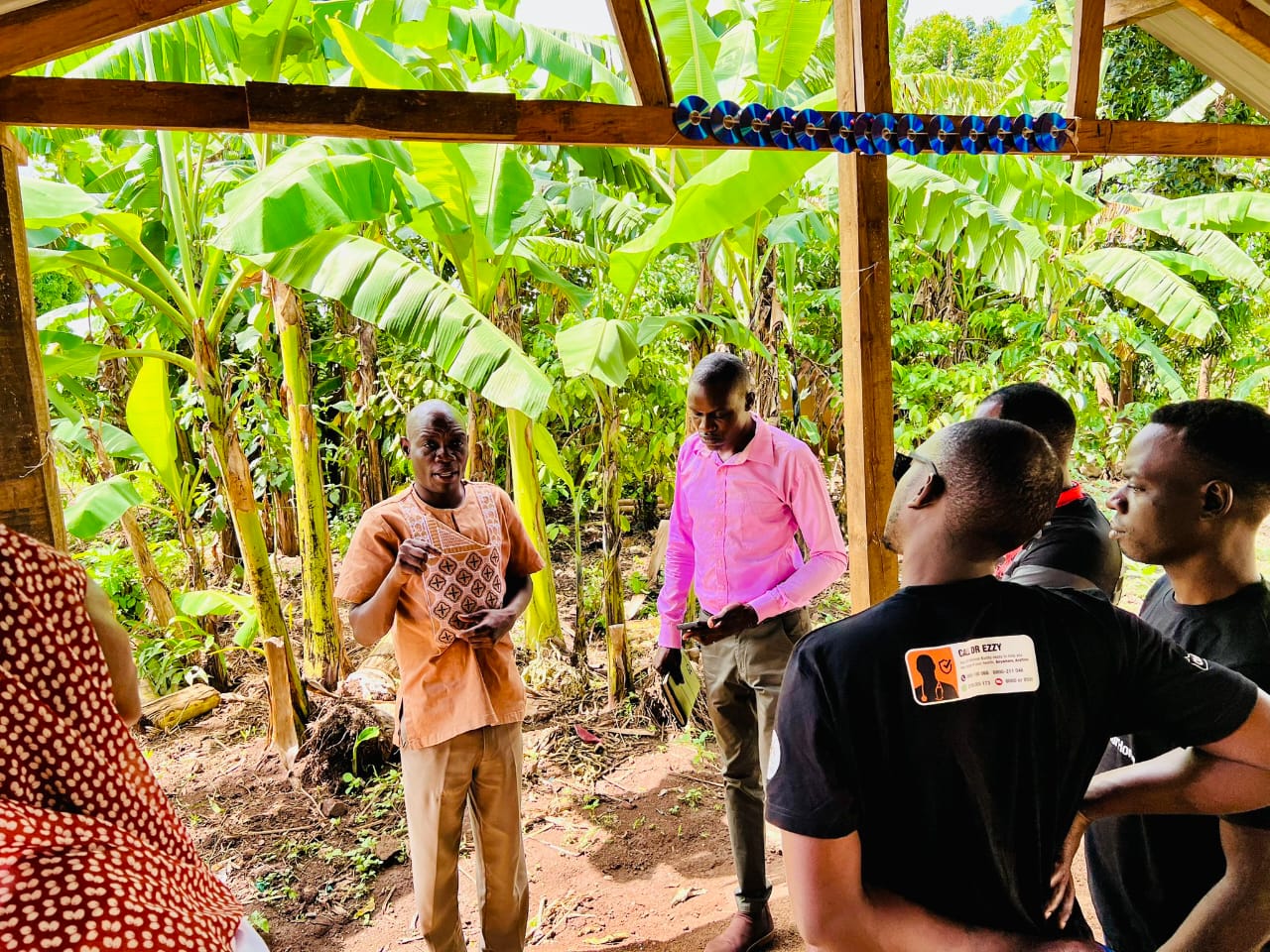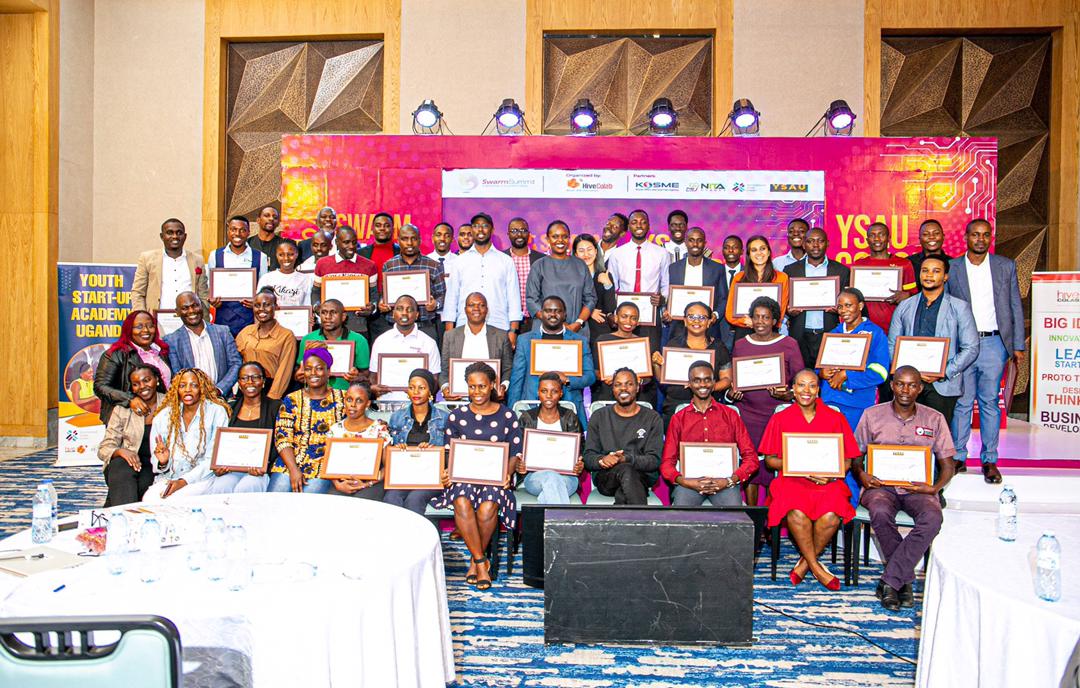Improving menstrual hygiene: A sustainable approach to supporting girls
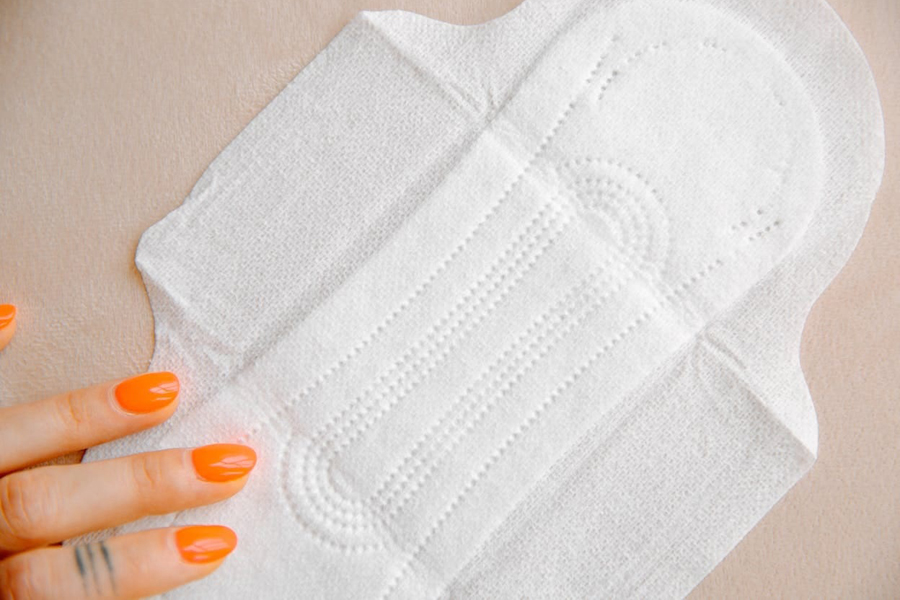
Menstrual hygiene is a fundamental aspect of women's health and well-being, yet many girls face challenges in accessing adequate resources and support.
In Uganda, as in many other countries, efforts to improve menstrual hygiene management must be sustainable, addressing the root causes of resource scarcity and ensuring that girls receive the support they need to manage their menstruation with dignity and comfort.
Sustainable Support for Girls
Sustainable support for girls' menstrual hygiene involves several key elements:
1. Access to Menstrual Products:
Providing affordable and accessible menstrual products such as sanitary pads, tampons, or menstrual cups.
2. Education and Awareness:
Teaching girls about menstrual hygiene, including proper hygiene practices, menstrual cycle education, and dispelling myths and taboos.
3. Healthcare Services:
Ensuring access to healthcare facilities for girls who may experience menstrual-related health issues or complications.
4. Sanitation Facilities:
Improving school and community sanitation facilities, including clean and private toilets with water and disposal options.
5. Empowerment:
Empowering girls to manage their menstruation confidently, without stigma or shame, and encouraging open dialogue about menstrual health.
Persistent Lack of Menstrual Resources
The lack of menstrual resources persists due to various factors, including:
1. Financial Constraints:
Many girls and families cannot afford to purchase menstrual products regularly, leading to improvised and often inadequate solutions.
2. Cultural Taboos:
Stigma and cultural taboos surrounding menstruation can prevent open discussions and hinder efforts to address menstrual hygiene needs.
3. Limited Access to Education:
Girls may miss school during menstruation due to lack of adequate facilities, leading to gaps in education and reduced opportunities for their future.
Impact on Girls' Education and Future
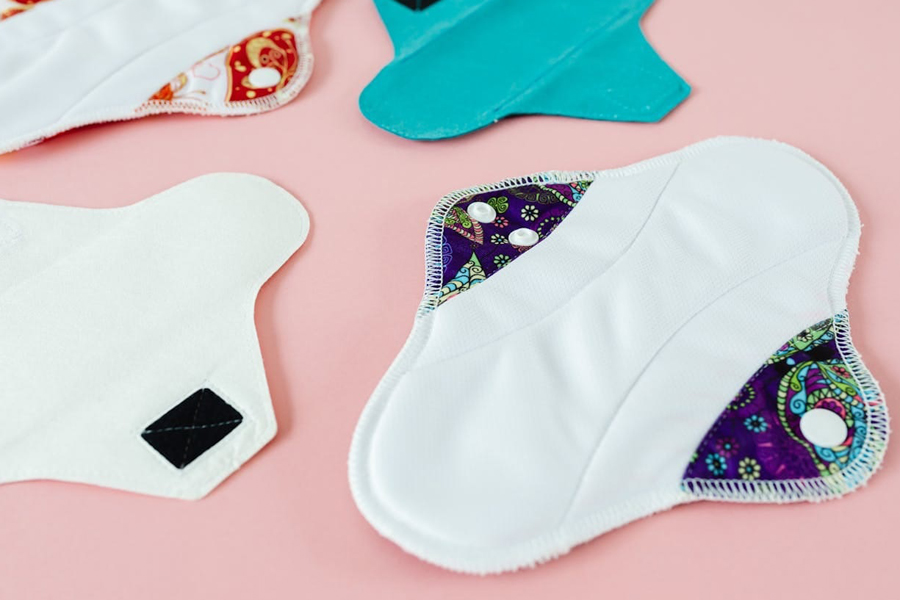
The lack of menstrual resources and support has a significant impact on girls' education and future prospects:
1. School Absenteeism:
Girls may miss school days during menstruation, leading to academic setbacks and reduced learning outcomes.
2. Health Risks:
Improvised menstrual hygiene practices can lead to health risks such as infections or discomfort.
3. Psychological Effects:
Stigma and shame around menstruation can affect girls' self-esteem and mental well-being, impacting their confidence and aspirations.
Government Initiatives and Failures
The government can play a crucial role in addressing menstrual hygiene challenges by:
1. Policy Development:
Implementing policies that prioritize menstrual hygiene education, access to resources, and sanitation infrastructure in schools and communities.
2. Budget Allocation:
Allocating sufficient funds for menstrual hygiene programs and initiatives, including subsidies for menstrual products.
3. Partnerships:
Collaborating with non-governmental organizations, private sector entities, and international agencies to leverage resources and expertise.
4. Education Campaigns:
Conducting public awareness campaigns to promote menstrual hygiene education, break taboos, and foster supportive environments.
However, government efforts have often fallen short due to:
1. Limited Resources:
Budget constraints and competing priorities may limit the allocation of resources to menstrual hygiene programs.
2. Lack of Coordination:
Fragmented approaches and lack of coordination between government agencies, NGOs, and stakeholders can lead to inefficiencies.
3. Sustainability Challenges:
Short-term initiatives without long-term sustainability plans may fail to address underlying systemic issues.
Successful Models from Other Countries
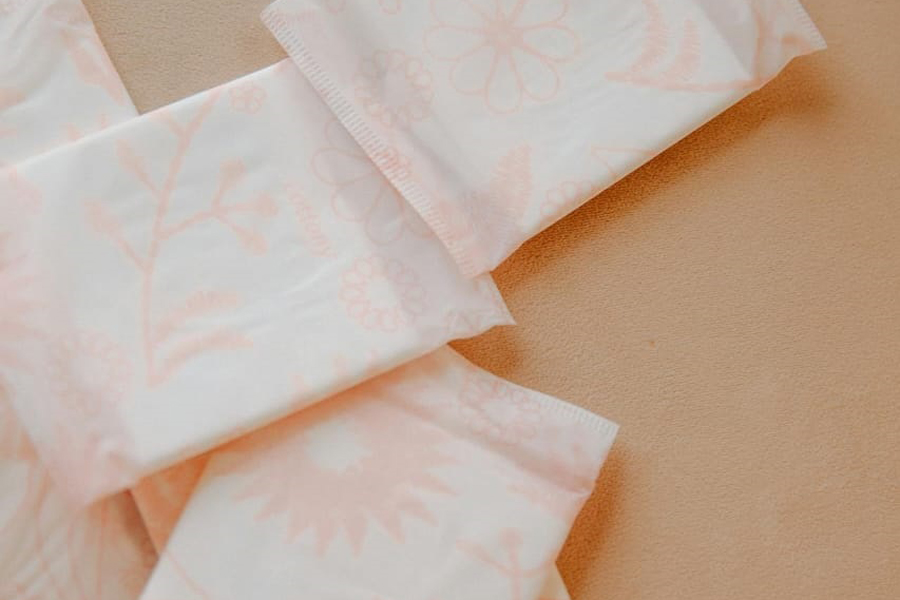
Several countries have implemented successful menstrual hygiene management programs, including:
1. India:
The government has introduced subsidized menstrual products and menstrual hygiene education in schools, improving access and awareness.
2. Kenya:
NGOs and government agencies have collaborated to provide menstrual products, education, and sanitation facilities, leading to improved menstrual hygiene among girls.
3. Rwanda:
Comprehensive menstrual hygiene programs in schools, including menstrual cups distribution and education, have contributed to better menstrual health outcomes for girls.
Conclusion
Improving menstrual hygiene requires a holistic and sustainable approach that addresses not only access to resources but also education, stigma reduction, and infrastructure development. By investing in menstrual hygiene management, governments can empower girls, promote their health and well-being, and unlock their full potential for a brighter future. It's time to prioritize menstrual hygiene as a critical component of women's health and gender equality efforts, ensuring that no girl is left behind due to menstrual challenges.



